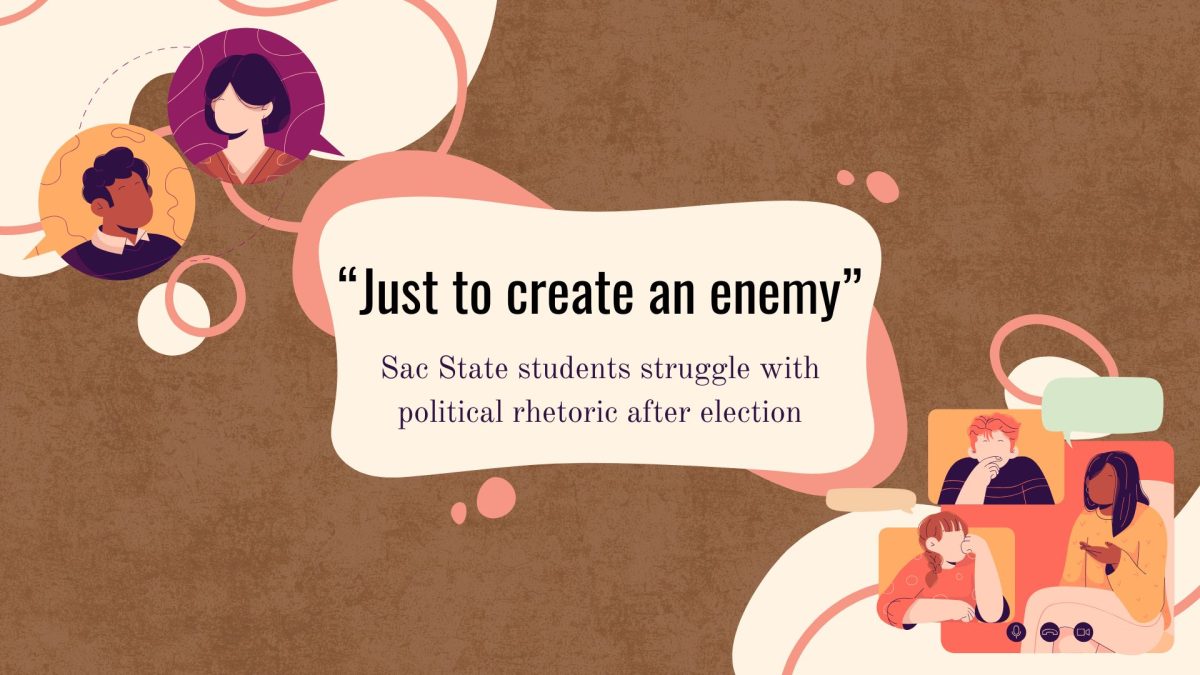Strategic plan draft integrates student success values, community engagement
April 8, 2014
Upon receiving feedback from the Sacramento State campus community, the Strategic Planning Task Force released an initial draft of the set of goals designed to guide aspects of the university for the next several years.
Since being made available for even further comment, the task force will soon be devising a final draft implementing suggestions made mostly by students, faculty, staff and alumni and is set to be put in place by President Alexander Gonzalez next fall.
This will be the first revision to the strategic plan since 2007 and will include solutions to the dramatic changes that have occurred within Sac State and public higher education since.
“Since our Strategic Plan was last revised in 2007, Sacramento State and public higher education in general have changed dramatically,” Gonzalez said in an address to the Sac State community. “New challenges, opportunities and technologies are transforming everything we do as an institution.”
Michael Wright, special assistant to the president’s office who is in charge of working with and facilitating the process, said the plan is in the guidance of Sac State’s mission, vision, values and goals as a university.
“The strategic plan itself is a more concise and what I’ll call (a) living document that the university campus is going to be asked to sort of work in alliance with,” Wright said. “It is going to create a guideline and goal model for each entity on campus to meet and work towards.”
The plan integrates values like student success, community engagement and innovation into six goals including: enhancing student learning and success, committing to community engagement that strengthens and enriches the region and builds enduring partnerships and excelling as a place to learn, work, live and visit, promoting a strong university identity.
Wright said in receiving feedback from students in particular, he found a clear desire for pathways to graduation and a more open and vibrant campus active at more times during the day.
In an attempt to do so, the strategic plan will aim to increase graduation retention rates by reinvigorating and redesigning the Graduation Initiative, reducing bottleneck courses and increasing the amount of classes available when possible.
The draft plan aims to promote a strong university identity, partially in response to feedback from the community by increasing positive news regarding the campus from external media, increasing the number of applicants for whom Sac State is the first choice college and increasing the sale of Sac State logo-branded items.
Wright said one of the main priorities in creating the plan was to get this sort of feedback not just from students, but from the extended campus community.
During the course of the fall semester, multiple focus groups and town hall meetings were held along with three to four rotating open ended question on the Sac State website, soliciting input from any member of campus.
John Kepley, assistant to the president and director of presidential communications and member of the Strategic Plan Task Force, said the ultimate philosophy of the plan is to get insight from the campus community.
Kepley said tying together the views of the variety of people on campus and in the regional campus invested in the Sac State created challenges in the creation of the plan, although extremely necessary.
“It’s generally enlightening for us to hear from each group affiliated with the campus,” Kepley said. “But what students want to see may differ from faculty members. What we’re doing is incorporating the best ideas for the campus out of all of the suggestions.”
Since the last revision in 2007, the goals and views of Sac State have altered immensely, particularly in response to the change in the budget, Kepley said.
“Back then, it was cut back and now we’re beginning to restore some of what we lost,” Kepley said. “But now it things can’t be business as usual before, the burden has shifted from state funding to students, so we have to continue to improve how responsive we are to the community.”
Although much of the direct input phases of the strategic planning process are over, the draft will still incorporate the ideas of campus members throughout the next five or six years.
“The draft is not going to be something that is concrete and finished,” Wright said. “It might change a little bit as we begin to use it so it’s not like it’s a done deal, once we begin the implementation stage it can change a bit.”
Wright said this plan provides the opportunity to try things to find what works at Sac State and what does not, serving as a guideline while be allowed to continually readjust and reassess in another five years.




























































































































